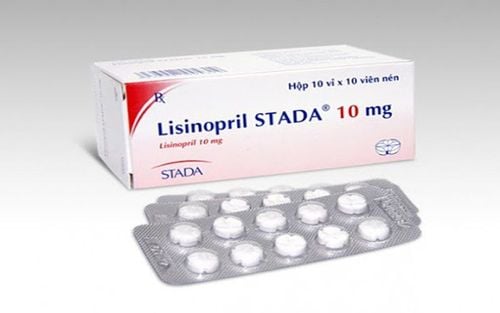This is an automatically translated article.
The article was consulted with Master, Doctor Tran Hong Nhat - Interventional Cardiologist - Cardiovascular Center - Vinmec Central Park International General Hospital.1. Echocardiography
An echocardiogram is a diagnostic method that uses sound waves to create images of the heart. This is a technique that can help doctors see physiological functions of the heart such as how the heart beats and pumps blood. From the anatomical image and the activity of the heart on the ultrasound machine, the doctor can determine the pathology of stenosis and regurgitation of the heart valve.The results of echocardiography include:
Size and shape of the heart Size, thickness and function of the heart walls Pumping power of the heart such as ejection fraction, contraction fraction Shape Heart valves Activity of the leaflets in cardiac cycles
2. The role of ultrasound in the assessment of valvular stenosis
Ultrasound helps to assess the severity of valvular disease, its causes and effects such as reduced cardiac function, dilated heart chambers, increased pulmonary pressure, and other valvular lesions, thereby helping to assess prognosis and direction. Treatment of diseaseTransthoracic echocardiography:
Transthoracic echocardiography: Can evaluate valve thickness, valve opening amplitude and valve mobility, parallel moving leaflets, EF diastolic gradient and help determine the size of the heart chambers. 2D ultrasound: Can detect valvular imaging, leaflet thickness and calcification, degree of ligament adhesion, mobility restriction, arch opening, retraction of subvalve tissue as well as assess adhesion , thickening and calcification of the valve rim. In addition, 2D ultrasound also directly measures the valvular orifice area, evaluates left ventricular function and other possible valve lesions.

3. Echocardiography procedure
The procedure to perform echocardiography includes:The patient will lie on the bed and expose the echocardiographic area. Sticking electrodes to the patient's body to help detect and monitor the electrical currents of the heart. Reduce the light in the room so that the image on the ultrasound screen is seen more clearly. Applying the gel to the patient's chest increases the transmission of sound waves and eliminates air between the transducer and the patient's skin. Sound waves create images of the heart by moving the transducer back and forth across the chest wall, and the images are recorded on an observation screen. In addition, when performing a transesophageal ultrasound, the patient needs to fast for several hours before and will be given local anesthesia to make it easier for the transducer to be inserted into the esophagus.
In summary, echocardiography is a widely used method in the diagnosis of valvular stenosis. This technique is easy to perform, non-invasive, low cost and gives accurate results. When there are abnormal signs such as fast or slow heart rate, chest pain, shortness of breath, etc., it is necessary to visit a doctor for timely diagnosis and treatment.
Vinmec International General Hospital is equipped with 4D ultrasound machine with modern features, high resolution, probe size, thickness, ability to pump blood, heart activities, ... As a result, it helps to detect and diagnose abnormalities or complex pathologies of the heart in the most accurate way.
Along with the most modern ultrasound machine today is a system of facilities with a dedicated ultrasound room, computer software connected to the machine that allows accurate signal transmission. Especially, 4D ultrasound technique is performed by a team of professionally trained doctors, with absolute respect for technical rules. Therefore, the results obtained have very high accuracy, which is the basis for the doctor to give the best solution for the patient.
Please dial HOTLINE for more information or register for an appointment HERE. Download MyVinmec app to make appointments faster and to manage your bookings easily.














